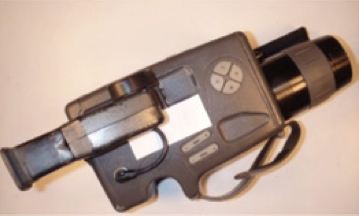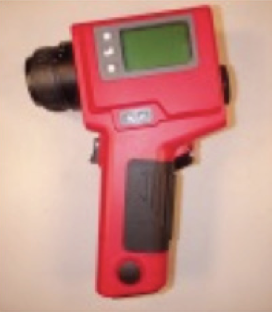INTRODUCTION
For the past 30 years, infrared (IR) thermometry has been used to monitor tube metal temperatures in refining and chemical furnaces. Tracking temperature levels and variations determine performance capability limits and reliable tube life. However, the application of IR thermometry has often been characterized as highly operator dependent, which can result in less-than-optimal data accuracy as a consequence of poorly applied and interpreted results.
IR thermometry is an excellent diagnostic tool for detecting tube hot spots from internal fouling or non-uniform heat distribution in fired heaters, but to ensure the full capability of IR thermometry, operators should employ the right instruments for the job and implement a proven methodology to measure accurate temperatures in a repeatable process. With an effective IR thermometry health monitoring program, operators can manage the mechanical integrity of fired heaters and optimize production rates.
INSTRUMENT TYPES
IR thermometry is primarily accomplished with two instrument types: thermal imaging cameras and pyrometers. A thermal imaging camera forms a two-dimensional thermal image of the target surface, while a pyrometer provides only a single target point temperature. Because each instrument has its own inherent advantages and disadvantages, an effective inspection program should incorporate both types of instrumentation. For example:
- The imaging camera should be used to provide meaningful images and measurements for a historical record that can be used to assess tube creep damage rates and long-term performance changes.
- The pyrometer should be used for accurate field measurements to compare specific tubes and troubleshoot real-time performance issues.



















Comments and Discussion
There are no comments yet.
Add a Comment
Please log in or register to participate in comments and discussions.